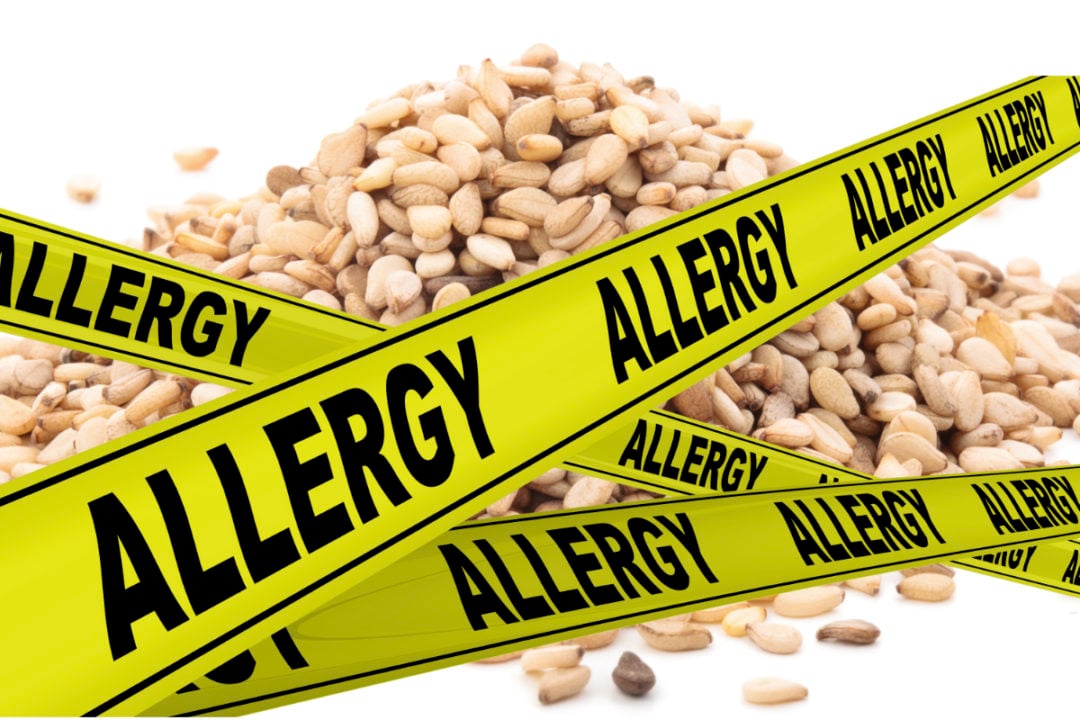Did you know that at least 0.2% of children and adults in the United States are allergic to sesame? This may not seem like a huge percentage, but it estimates about 1.5 million Americans with a sesame allergy. Sesame allergy approaches the prevalence rates of a number of well-known allergens such as soy and nuts. That is why the U.S. House of Representatives passed the FASTER Act. The highlight of this bill will make sesame the ninth top U.S. allergen. To become law, the bill just needs President Joe Biden’s signature, which is expected.
Sesame allergy has long plagued the allergy community. In 2018, a 15-year-old girl in London suffered from an allergic reaction after eating an unlabeled sandwich containing sesame. She later died of cardiac arrest due to anaphylaxis. This prompted Natasha’s Law”, which strengthened labeling regulations regarding pre-packed foods in the U.K. Now, we are finally seeing progress in the U.S.
A Huge Win For Sesame Allergy Sufferers
Under existing labeling regulations in the U.S., manufacturers are not required to label sesame as a major allergen. What’s worse is that sesame often hides behind vague terms such as “natural flavors” or “spices”. It’s a popular flavor, often added to dips, spreads, crackers, and more. So, it is easy for allergic reactions to ensue.
Under the new law, manufacturers must label sesame as a major allergen and highlight it on packaging. The law will also require the Department of Health and Human Services to prepare a report on opportunities related to food allergy prevalence, testing, risk management, disease prevention, and treatments.
Reading Food Labels
The Food Allergen Labeling and Consumer Protection Act (FALCPA) is the primary federal law that determines how allergens are presented on packaged foods sold in the U.S. It’s important to always read labels on packaged foods if you suffer from food allergies. Look for the bolded top allergens to determine if a food is safe to eat. However, some food labels do not cover cross-contamination which means some products could be processed next to an allergen and you wouldn’t even know.
We recommend researching new companies to find out about their production process before trying new foods. Remember, individuals can report mislabeling to the FDA. This may help keep allergy sufferers safe.
Managing Top Food Allergies
Managing food allergies can be a challenge. Allergic reactions often arise unexpectedly. However, there are some precautions you can take to help prevent an allergic reaction. First, as previously stated, always read food labels. When dining out, don’t be afraid to be defensive. Ask questions about the menu and get in contact with the kitchen manager.
It’s also a good idea to wear a medical ID bracelet. It helps others identify your food allergies and other medical conditions if you are unable to speak for yourself, and don’t forget to carry at least two doses of epinephrine with you to treat severe allergic reactions. We encourage you to work with a food allergy specialist, like an allergist at NY Allergy & Sinus Centers, to keep up with your allergy action plan. Our allergists are experts in managing food allergies in pediatric and adult patients. Many of our physicians also participate in food allergy research to help find new treatments in medicine. Book an appointment with our amazing allergists online or call (212) 686-6321 to start managing your food allergy, today.

